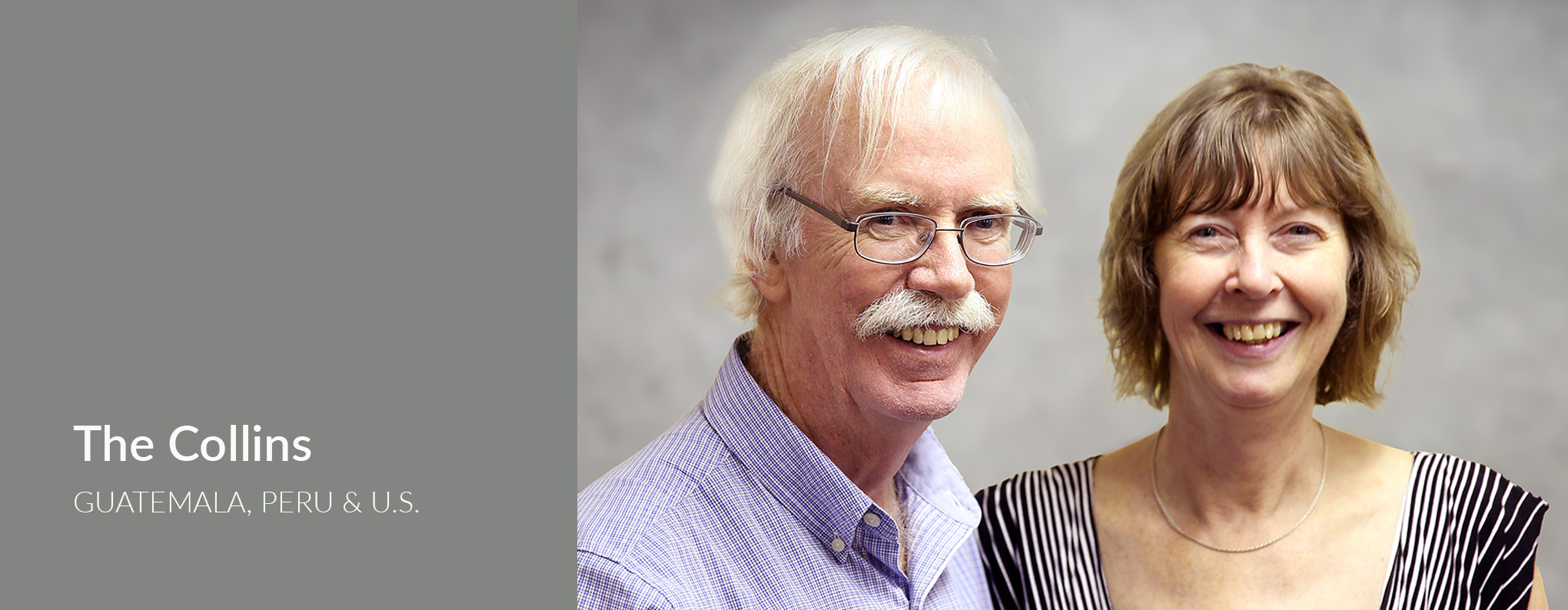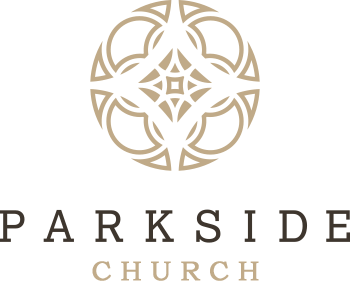
The Collins Family
Collins November 2014 Update
Dear and good friends,
Greetings from North Carolina where it is feeling more and more like fall. No frost yet, but it won’t be long. I was surprised to read recently that the five best places for fall colors in the nation are New Hampshire, Vermont, Upstate New York, Colorado and the Blue Ridge mountains in western North Carolina (Ashland, Ohio would, no doubt, have been 6th). I’m not sure how “best color” is measured?probably via donations to the local Chamber of Commerce, but it is what it is, as they increasingly say.
Nancy and I are well. My last trip overseas was August, when I was able to spend time with the groups working on Mam Old Testament translation and literacy. You’ve certainly read about the notion of the published book becoming a thing of the past, with more and more people firing up their Kindles or iPads—or whatever—and reading e-books. Copies are swapped at digital speeds and things can go viral before even being acknowledged on the New York Times’ bestseller list.
This new reality and new marketplace has hit indigenous communities as well as the “Monster Language” markets, like English, Spanish, Chinese and many others. Mam literature, for example is available online to speakers (and readers) of Mam. Go to:
Many of you have seen this website before. You can scroll around to different countries and languages spoken within those countries. These Scriptures are downloadable to a computer or pen drive and they even have phone apps. The Mam with phone apps and literature online! We’ve come a long way. There also is a website for Mam stories and articles written in Spanish and Mam.
So, after humankind has had written language for some 50 centuries, lightning changes are happening, and some pundits claim that printed books are on their last legs. This news comes right as my book on Mam culture is hitting the press, and I hope it sells out before the collapse of the whole writing enterprise. Actually, paraphrasing Mark Twain, “News of the demise of the published book is greatly exaggerated.”
I finished an index for my book a few weeks ago and I’m awaiting a formatted printout of the entire project as a last shot at correcting any typos. I can no longer mess with the analysis or add a helpful explanation here or there. I’m past the point of no return—except for typos. I don’t have anything to say about how much the book will cost. It is very clear, though, that I won’t make any money on it. Any income from sales goes to the publisher. I’ll try to work a special price, “just for you.”
I’m headed to Dallas on the 5th of November. We’ve got a series of meetings dealing with linguistics and Bible translation. The relation between the two isn’t necessarily clear. Martin Luther wasn’t a linguist, yet he translated the New Testament from the original Greek into his native German in eleven weeks. Eleven weeks! So how important is linguistics really?
Well, linguistics can help you learn a language. Luther was German, and a native speaker of that language. He didn’t need to “learn” it. By the time he was ten years old, he pretty much had it mastered. I’m not Mam, plus I don’t have the stud skills of Martin Luther. Perhaps if a Mam Indian were trained in theology, Greek and Hebrew language and culture, perhaps he or she could knock out the translation in eleven weeks—give or take ten years. After all, Luther was sequestered and had nothing else to do but work on the translation. Some sources, however, say that Luther would leave the cloister from time to time in order to visit local villages and markets simply to listen to the common people talk. He wanted the translation to be not in the speech of scholars, but in the tongue of just those illiterate unschooled country men and women. Maybe he was quite a linguist, at least a sociolinguist, before there were such avocations.
Anyhow, we’ve got meetings related to training people in language study and linguistics in Latin America: semantics, grammar, phonology, and other courses that they can study at a Bible school or seminary, courses like Biblical cultures, languages and theology, the use of commentaries and lexicons, and on and on. We have two groups of students. First, we teach university courses to Latinos—native Spanish speakers—who want to do cross-cultural ministry. Secondly, we work with Indians—speakers of “common” languages like Luther’s market German and who, through linguistic study, come to see the complexity and beauty of their native languages and who work for their languages’ survival and maintenance. This linguistic knowledge can give indigenous people the confidence and motivation to work in favor of their language and culture. I consider this an important corollary of translation. If outsiders think their language is just the chirps, calls, and grunts of animals (I’ve actually heard this), why would Indians care to write it or read it? And if there is zero motivation for reading, to what extent would the Bible be used and appreciated? “Why would God waste His time on such a language as ours?” they might query.
How much training do Indians need? In what areas? How much can they learn “on the job,” like Martin Luther did? So, that’s what the Dallas meetings are about. Wycliffe Bible Translators has been about this for a long time, so you might think we’ve got it figured out, but it’s a fluid thing. When Nancy and I moved to the village and began translation in 1980, there were just a few people with a high-school education. Now there are Mam teachers and authors, even doctors and lawyers. Perhaps today, their needed skills, or the trajectory to reach those skills, are quite different from those needed 35 years ago. I’ve had the opportunity to put these meetings together and plan the discussion topics. Your prayers for their success would be an encouragement to those involved—about a dozen of us who work directly in training ministries.
A week later, I’ll head back to Guatemala for two weeks with the Mam. Our dear friend and my former student, Byron, has asked me, of all things, to teach Mam linguistics to his literacy group and to the group working on Old Testament translation. He must think there is something there of value to people that read and write their language well. Nancy won’t be going this time, to the disappointment of our Mam friends.
The bottom line, I think, is that linguistics helps people think about their language in an analytical way, and this makes for better translation. The message of cross-cultural translation, which translation virtually always is, is that “How to say it in the ‘target’ language” is secondary to what it means in the original. The original readers and hearers had their own culture and their own specific context to filter and understand the Message. If we can understand what the Message meant to the first audience, how to say it in Mam or whatever language is a lot more straightforward. This is not an easy task, and linguistics is one of the tools that can help unlock the meaning of the original as well as provide a track for what such a translation should sound like in one’s native language.
So, that’s what we’re up to.
I’d like to ask prayer for our precious daughter, Amalia. She and her family live on the Big Island in northeast Hawaii. You may be aware that there is a lava flow on the loose in that part of the island. Many people have evacuated the area, but Molly and family are hoping and praying that they are safely out of harm’s way. Nonetheless, when roads get bisected by lava flows, they are devastated, so the lava problem doesn’t just threaten homes and farms and businesses, but roads, water lines, bridges, travel, electric and telephone lines too. They are holding tight so far.
Nan’s mom is well. Nan, her sisters, and Elisa all pitch in to help her with details. She seems to be doing well, for which we thank God. Living on a farm for all those years was a healthy, if not common pursuit.
Thanks for your interest and support.
Blessings to all.
Wes and Nancy Collins
